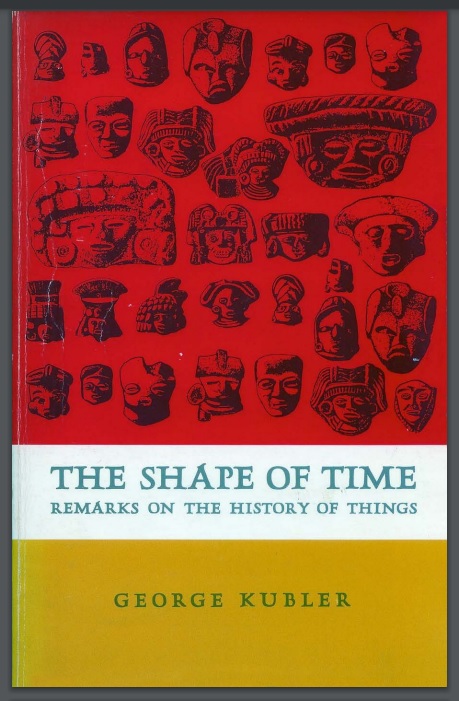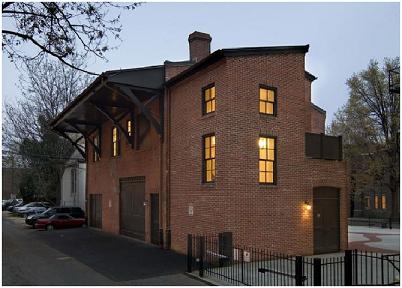Some may prefer other concepts of shape. For instance …
… and, from Log24 on the above Yalebooks date —
Related material:
|
From "Higman- Sims Graph," a webpage by A. E. Brouwer — "Similar to the 15+35 construction of the Hoffman-Singleton graph is the 30+70 construction of the Higman-Sims graph. In the former the starting point was that the lines of PG(3,2) can be labeled with the triples in a 7-set such that lines meet when the corresponding triples have 1 element in common. This time we label the lines of PG(3,2) with the 4+4 splits of an 8-set, where intersecting lines correspond to splits with common refinement 2+2+2+2. Clearly, both descriptions of the lines of PG(3,2) are isomorphic. Take as vertices of the Higman-Sims graph the 15 points and 15 planes of PG(3,2) together with the 70 4-subsets of an 8-set. Join two 4-sets when they have 1 element in common. A 4-set determines a 4+4 split and hence a line in PG(3,2), and is adjacent to the points and planes incident with that line. A plane is adjacent to the nonincident points. This yields the Higman-Sims graph." |
See also PG(3,2) in this journal.










